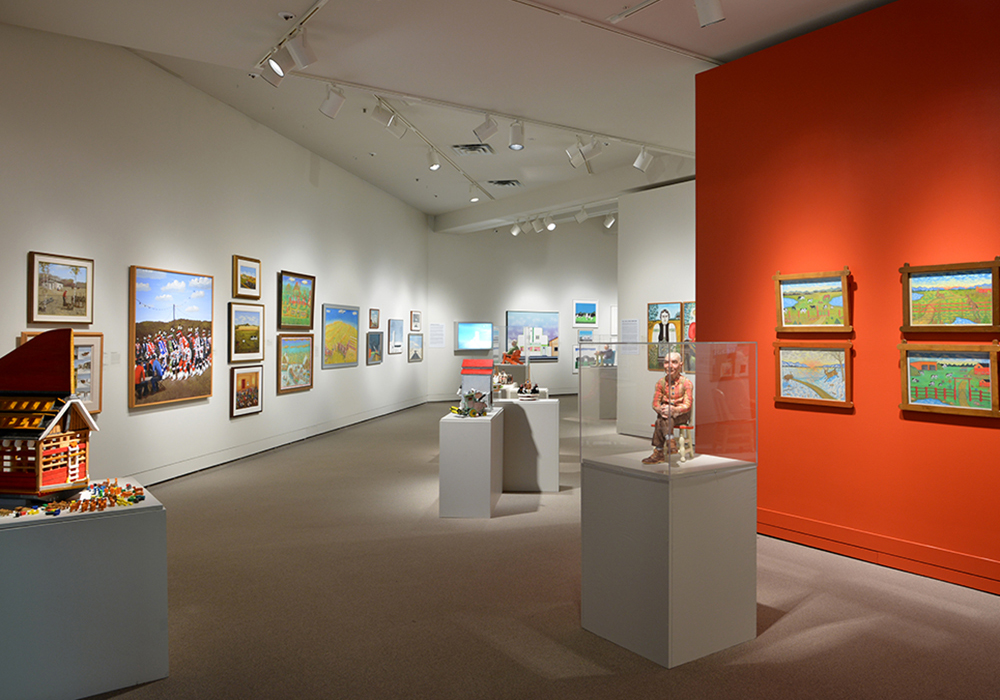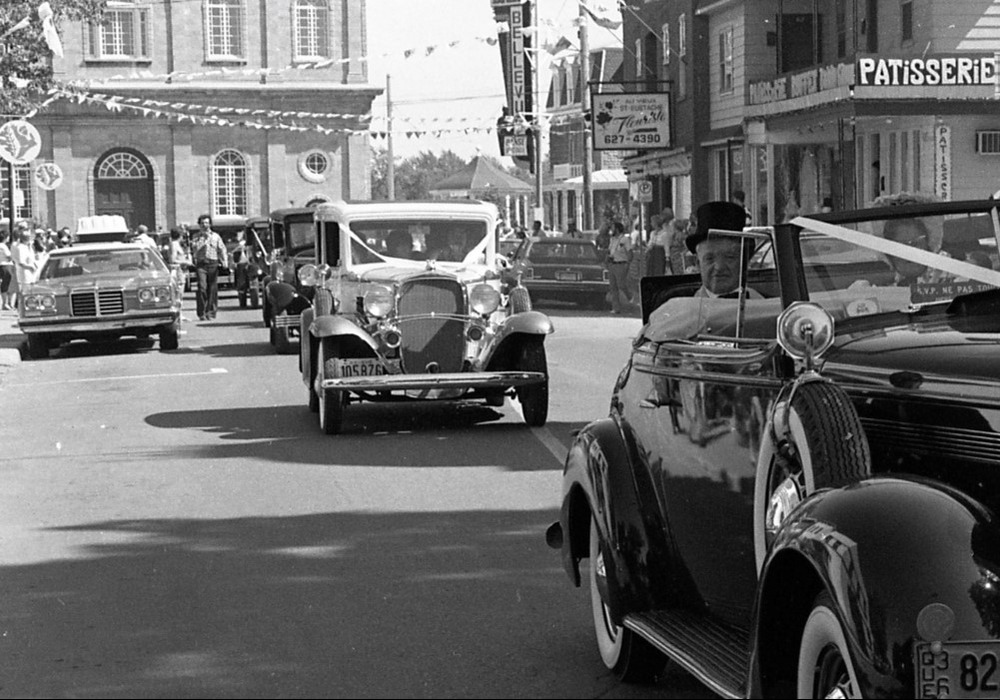
When asked about the Christians who are called “Baptists” in Atlantic Canada, many people are likely to think of the denominational structure that is known as the “Convention of Atlantic Baptists Churches” (CABC). It was originally organized in 1905-1906 and was formerly known as The United Baptist Convention of the Atlantic Provinces. Of course, in Atlantic Canada there are other Baptists of different denominational organizations and some independent bodies of Baptists.
The early settlers often met for worship in open fields or small clearings in the forest. In fact, many congregations began by a few people gathering in homes of members for worship and fellowship. Beginning a church with small gatherings in homes remains common to this day. Baptists believe the Church exists in the body of believers regardless of its place of meeting.
In this exhibit we have attempted to catch a glimpse of “Who Baptists Are” through the histories of a few of the congregation that make up the Convention of Atlantic Baptists Churches.
The very first Baptist congregation (church) in Canada was established in Middle Sackville, New Brunswick. It is known as the Middle Sackville United Baptist Church.
Dorchester United Baptist Church located in Dorchester, New Brunswick is a rural church whose architecture was influenced by shipbuilders.
Farmers and fishermen at the eastern tip of Prince Edward Island formed a large rural Baptist congregation – the East Point United Baptist Church. This church is also known as the Kingsboro United Baptist Church – two names, one congregation.
Many areas of the Maritimes suffered from the loss of once viable industries. As a result, once vibrant churches are now small and have mainly older adult congregations, similar to the Calhoun United Baptist Church in the small rural community of Calhoun, New Brunswick.
The years 2005-2006 are the centennial years for Atlantic Baptists. Special meetings and celebrations are planned. We thank the Canadian Heritage Information Network for their support in making this exhibit possible for the centenary commemoration.

